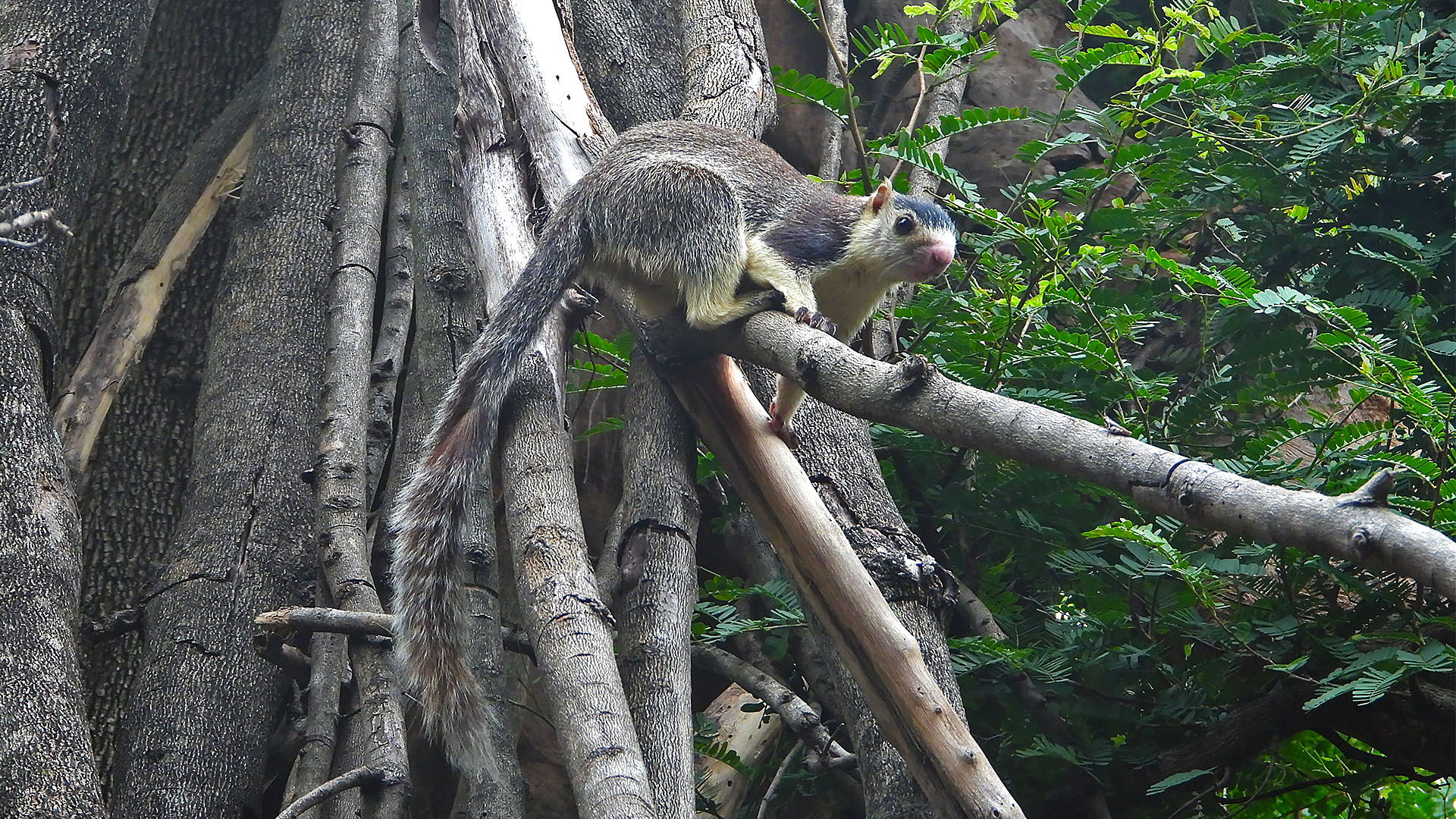
| Address: | Uyamballi Post, Kanakapura, Taluk, Sangama, Bangalore, Karnataka 562117 |
|---|---|
| How to go: | From Bangalore (Majestic / KR Market) you can catch KSRTC buses towards Kanakapura.
From Kanakapura, there are direct KSRTC or local private buses to Sangam (Mekedatu Sangama). Travel time: Bangalore → Kanakapura: ~2 hours Kanakapura → Sangam: ~45 mins – 1 hour |
| Pros: | Galibore nature camp for stay or day trip, KSTDC restaurant nearby sangam for visitors, less but at least it has local transport from city. |
| Cons: | As per my own experience, this kind of nature oriented destination doesn’t have any disadvantage. Still just want to mention the camp doesn’t allow any of the mobile network except bsnl. |
| What to visit ? | If I talk about nearby attractions, Bheemeshwari Adventure and Nature Camp is another JLR property is just 1 hour drive from Galibore. Except that people avail Chunchi waterfall which is just 13 km away from here. You will get several vlogs of chunchi falls in YouTube. Maybe someday I will visit too. I saw public bus is also available from Bangalore which runs daily and takes people via Kaveri Arkavathi sangam to Mekedatu view point. |
| Company: | Family, friends, bird watchers |
| Minimum day/time to visit: | 2 full days |
| Locality: | Village |
| Expenses: | It is a bit expensive as it comes under JLR Karnataka, Per head per night Rs. 4,814 including everything if you want to stay. Except that they organise a day trip as well which comes under Rs. 1750 per head. For more please visit https://www.junglelodges.com/resort/galibore-nature-camp/ |
| More Information: | Galibore Nature Camp – A Riverside Paradise in the Wild, just 100 km from the main city, Galibore Nature Camp lies within the scenic Cauvery Wildlife Sanctuary. We first visited this place in February earlier this year, when the valley was draped in a golden hue. Now, returning in the monsoon season, I’m in awe of the transformation — the entire landscape is wrapped in lush green, breathing life into every corner. Truly, nothing compares to the beauty of Mother Nature. These days, Jungle Lodges & Resorts (JLR) properties have become a favorite getaway for travelers like us living in Karnataka. We make it a point to explore as many of them as possible — whether it’s for our love of wildlife or the sheer peace that nature offers. Galibore is just a 10 km stretch from the Sangam area, and the drive through the dense greenery is breathtaking. As the Kaveri River flows alongside you all the way to the camp, you can’t help but feel blessed. Once inside the forest, it’s all yours — a perfect place for birding at your own pace. The best part? The area is alive with bird activity all day long. Every JLR property has something unique to offer, and for Galibore, one of the main highlights is the famous confluence of the Kaveri and Arkavathi rivers. The fast-flowing river here was once a haven for anglers chasing the legendary Mahseer fish (nicknamed the “tiger with fins”). While fishing is no longer allowed, the camp offers plenty of other adventures. Wildlife lovers can spot spotted deer, grizzled giant squirrels, marsh crocodiles, turtles, and much more. Bird enthusiasts are in for a treat, with over 230 recorded species — from fish eagles and green pigeons to kingfishers and owls. On our previous visit, we were lucky to spot a Lesser Fish Eagle. If you’re not planning an overnight stay, you can opt for a day visit package, also known as the Jungle Camps & Trails Plan, which costs ₹1,750 per person and includes lunch, a coracle ride, and guided trekking. For a day trip, you can also grab a meal at Mayura Hotel (run by KSTDC) located right beside the Sangam. For those unfamiliar, Mayura is a popular chain of hotels and restaurants spread across Karnataka. A nature walk here is truly unforgettable. With the Kaveri flowing right beside the property, and the area being a restricted zone, you’ll feel the raw wilderness of the sanctuary. During the monsoon, rising waters create small waves along the banks, while the air is filled with the scent of rain-washed forests, the rhythmic lap of waves, and the calls of the wild. Our guide, Harish, a polite and knowledgeable local naturalist, told us that November to March is the best time to visit. Even so, our monsoon visit was far from disappointing — the campus itself was alive with bird activity. Personally, I felt completely lost in the serenity of this place. One of Galibore’s unique treasures is the Grizzled Giant Squirrel — a large, tree-dwelling squirrel found in southern India and Sri Lanka. Recognizable by its grey-brown fur, white underside, and a tail longer than its body, it is classified as Near Threatened due to habitat loss. Interestingly, there is even a Grizzled Squirrel Wildlife Sanctuary in Tamil Nadu. The best time to visit Galibore is from August to February, when the monsoon rains leave the forest lush and the river brimming with life. This is when you can enjoy sightings of river terns, fish eagles, woodpeckers, and kingfishers. In the dry months, the river recedes, revealing sandbanks and lagoons perfect for exploration. While March to June brings hot afternoons, each season here showcases a different side of its beauty. Galibore offers activities for everyone — whether you’re a birder, a family traveler, or simply a nature lover. The coracle ride, available only during the monsoon, is an absolute must. Around 2:30 pm, we set off, life jackets on, as our boat drifted along the Kaveri’s banks. The fresh breeze, coupled with the melody of the waves, was pure bliss. In some parts, tall trees stood submerged mid-river, adding to the surreal charm. Harish gently steered us through these waters, and before long, our wish came true — a Lesser Fish Eagle sat perched atop a riverside tree. Holding the oars steady against the current, we admired the majestic bird at close range before heading back to camp in the JLR gypsy. Whether you come for a day or stay longer, Galibore Nature Camp offers an unspoiled slice of the wild — and an experience you’ll carry with you long after you leave. |
Picture Gallery
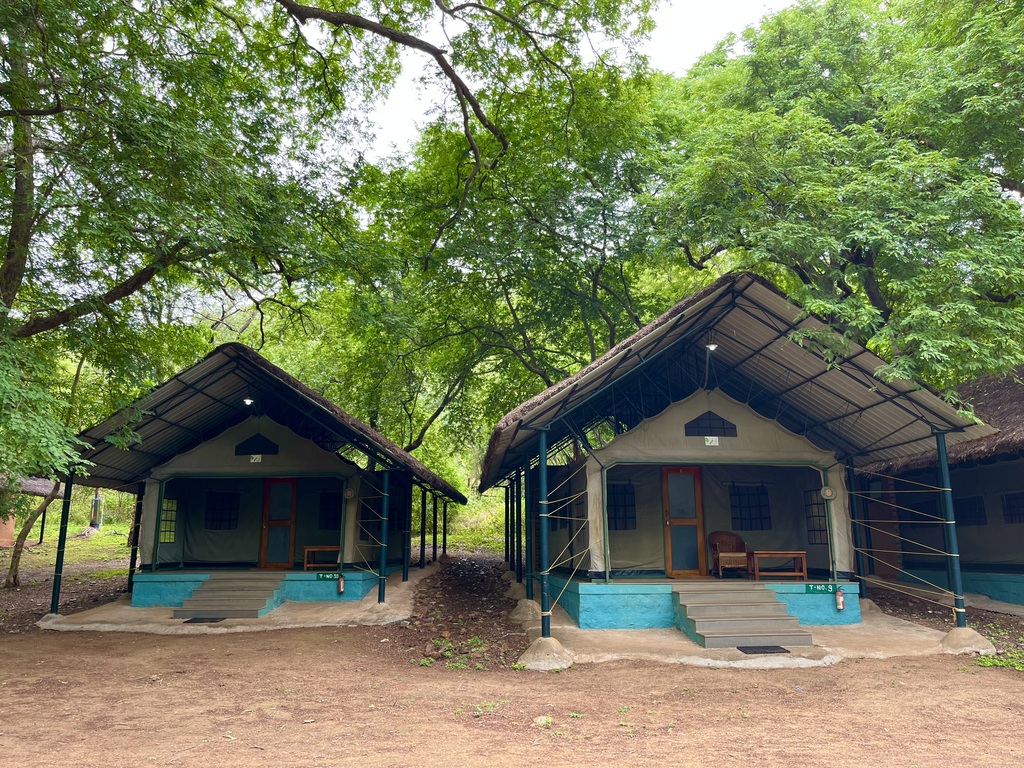
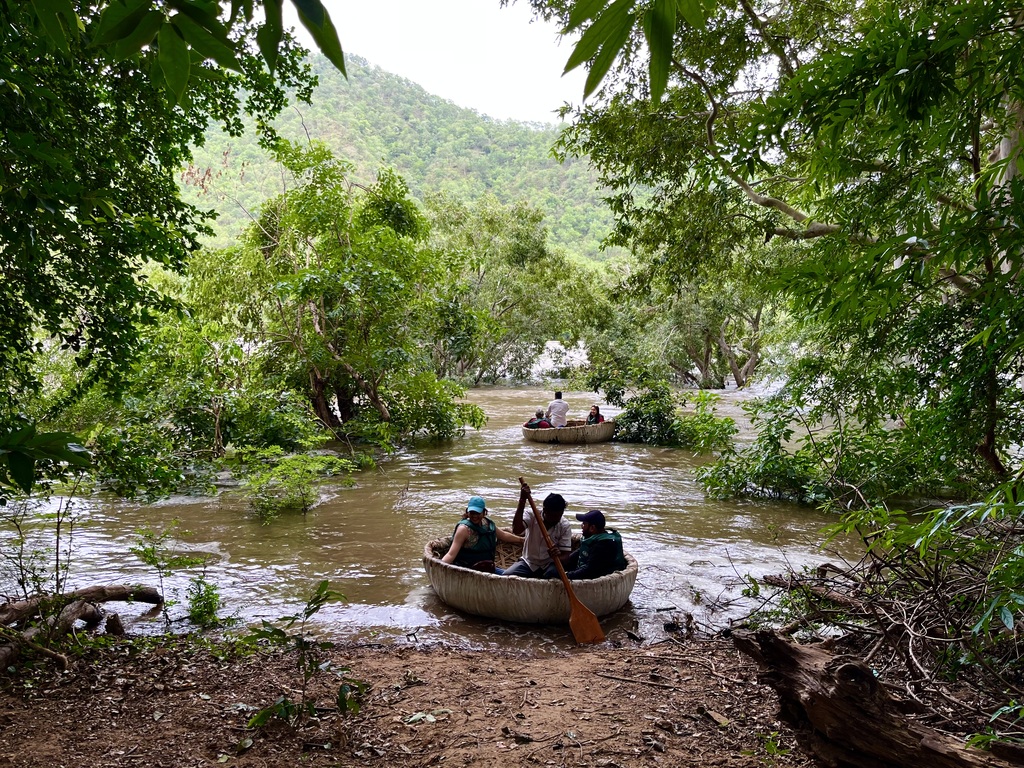
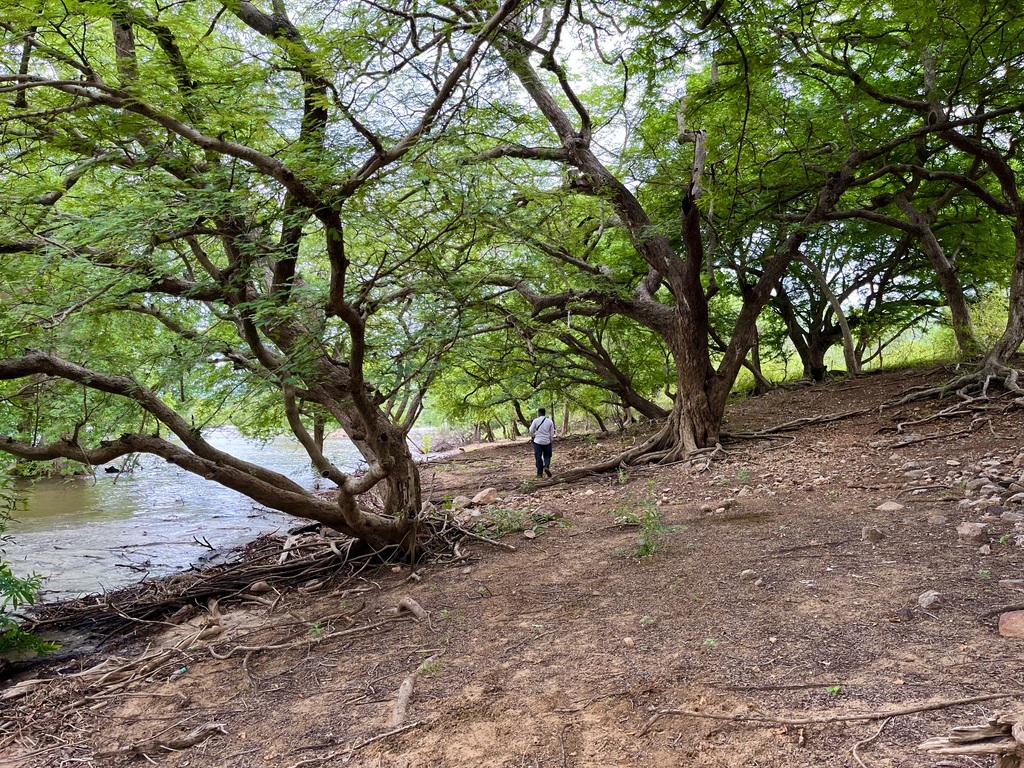
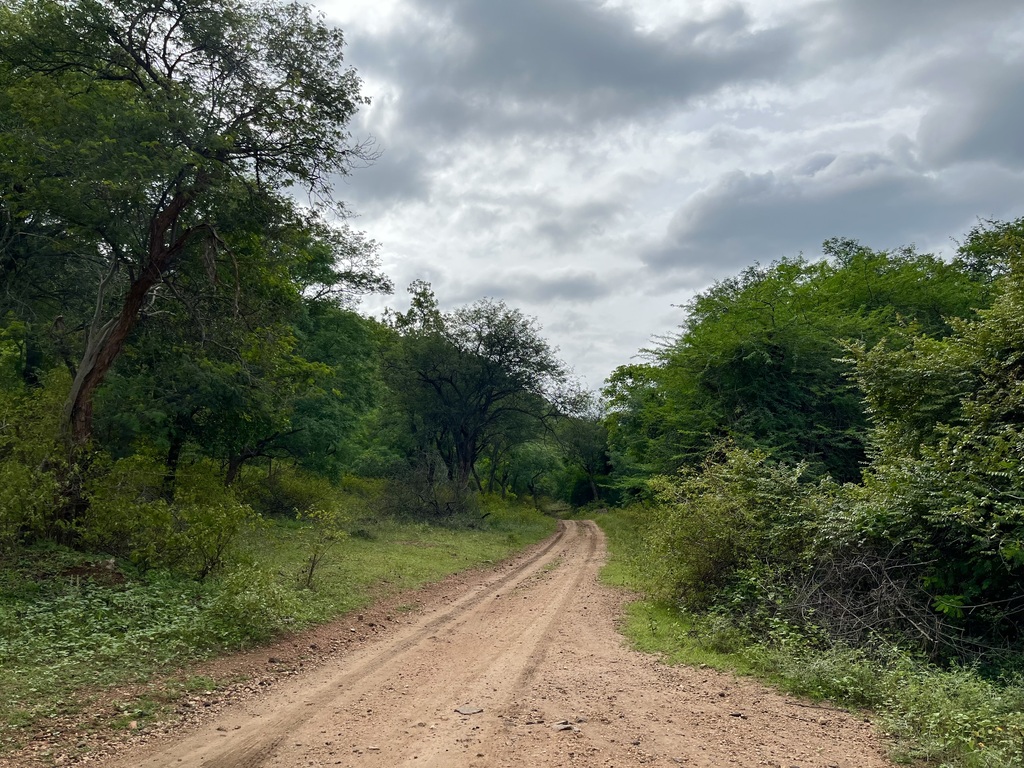
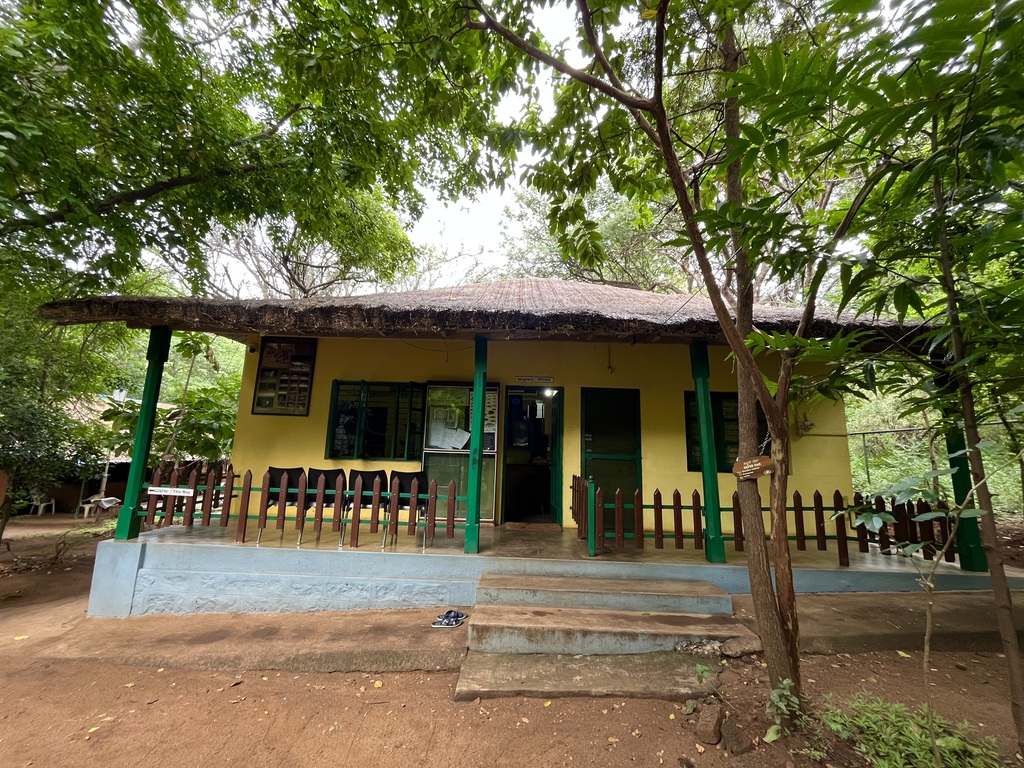
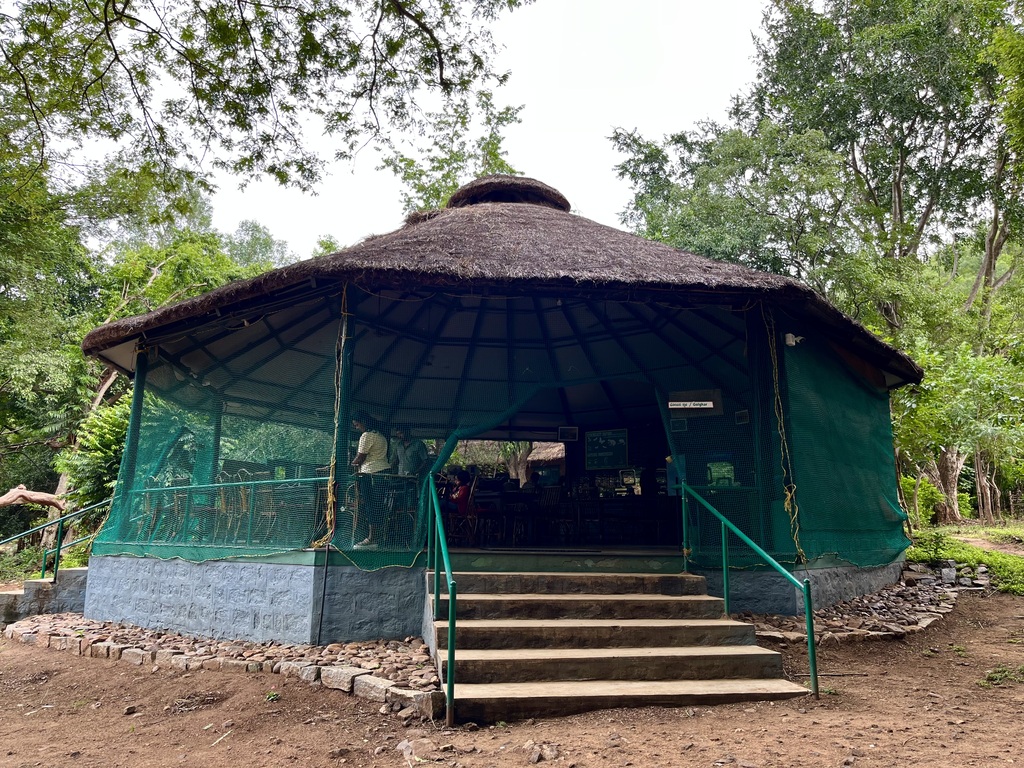
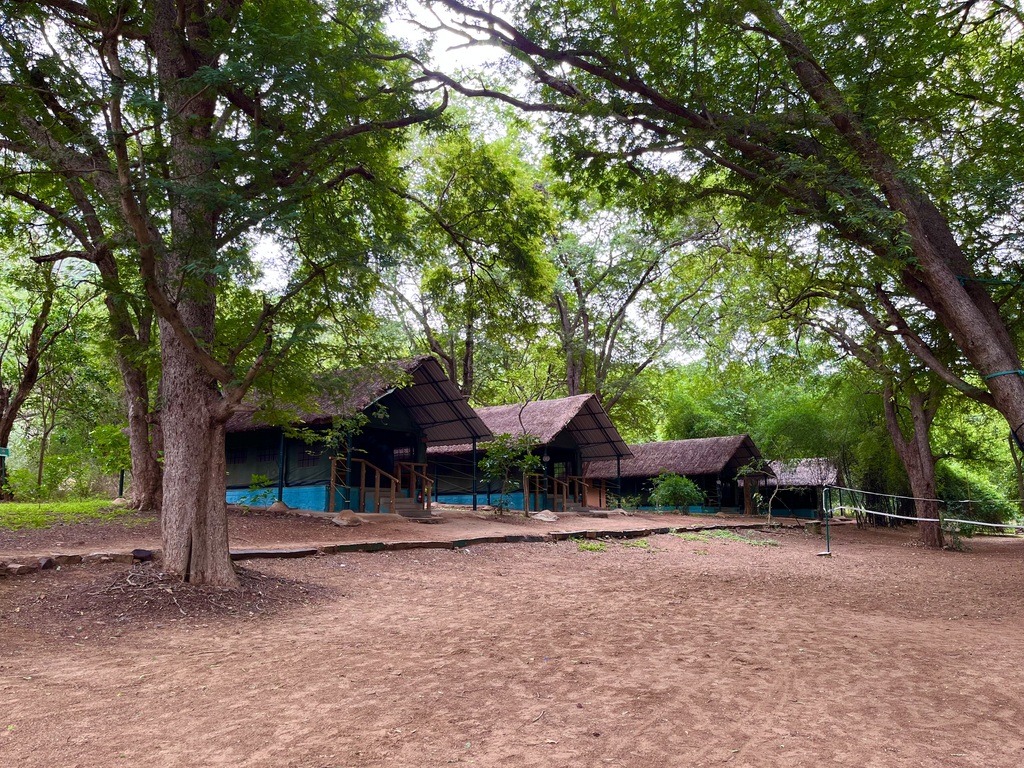
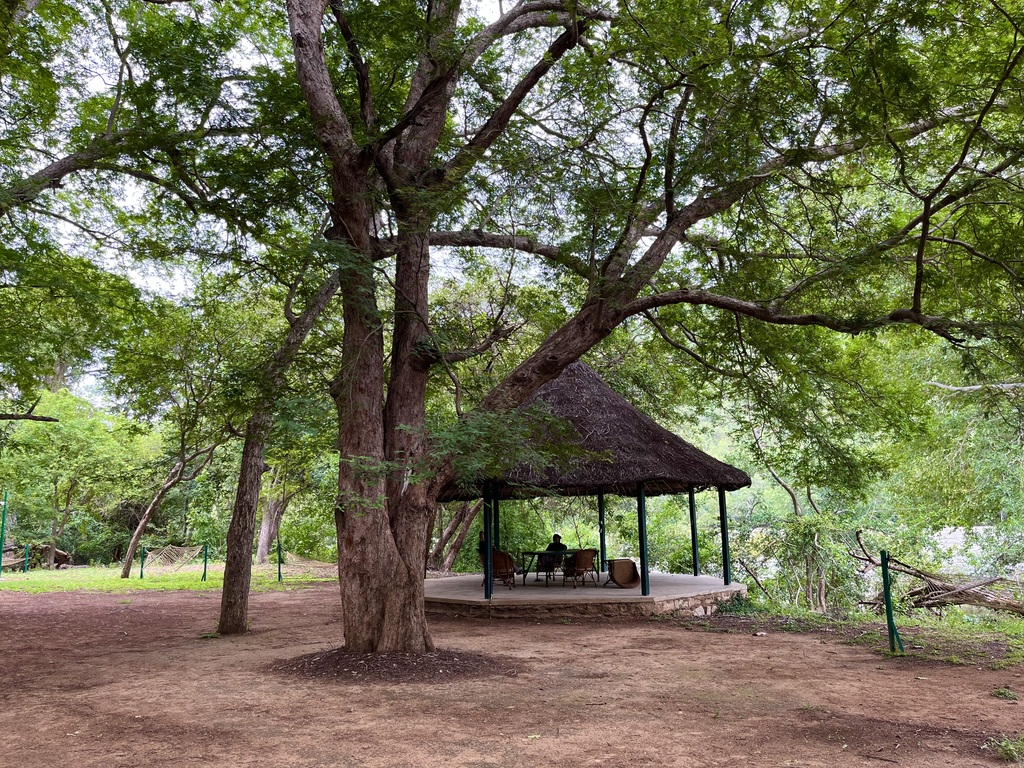
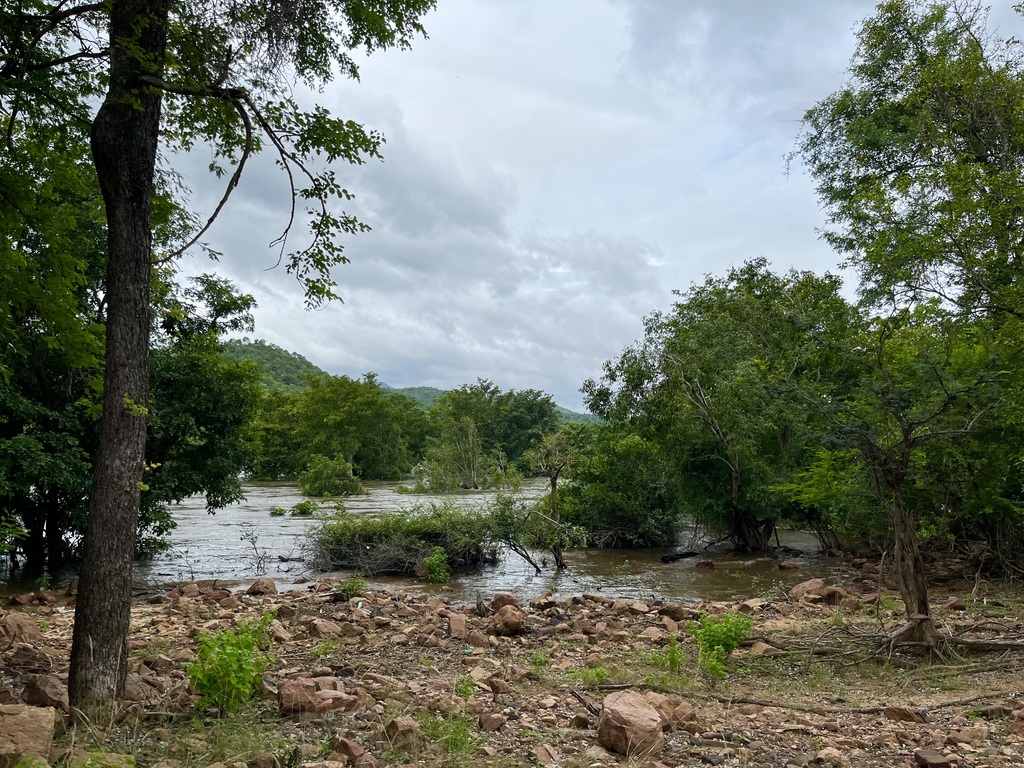
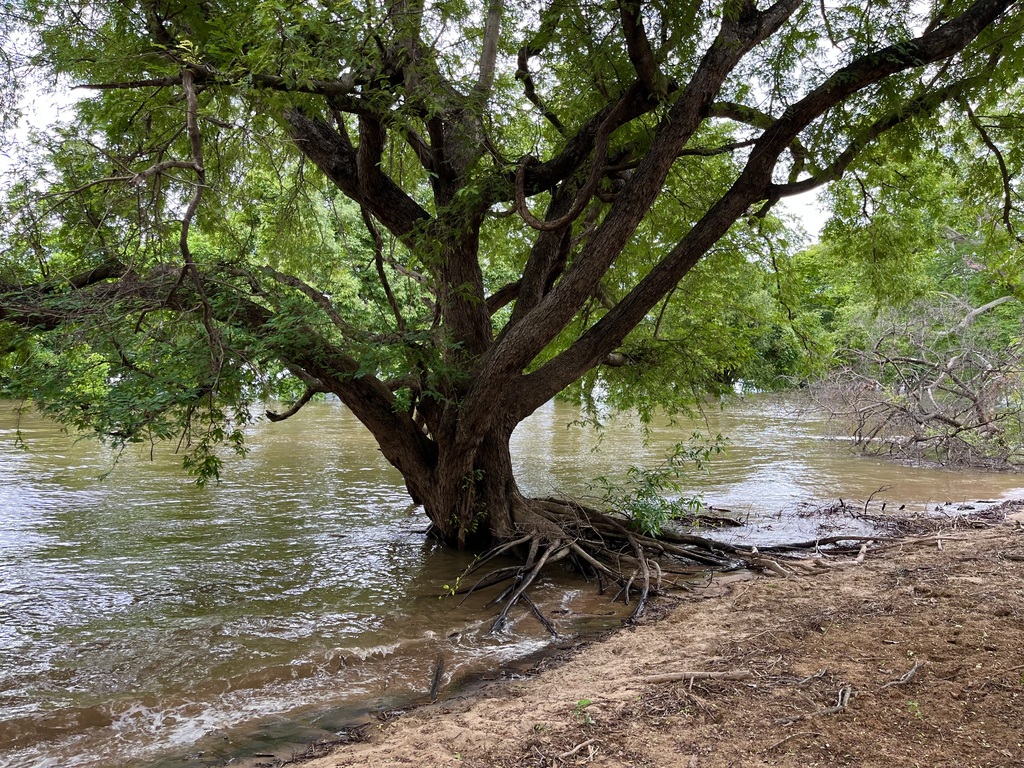
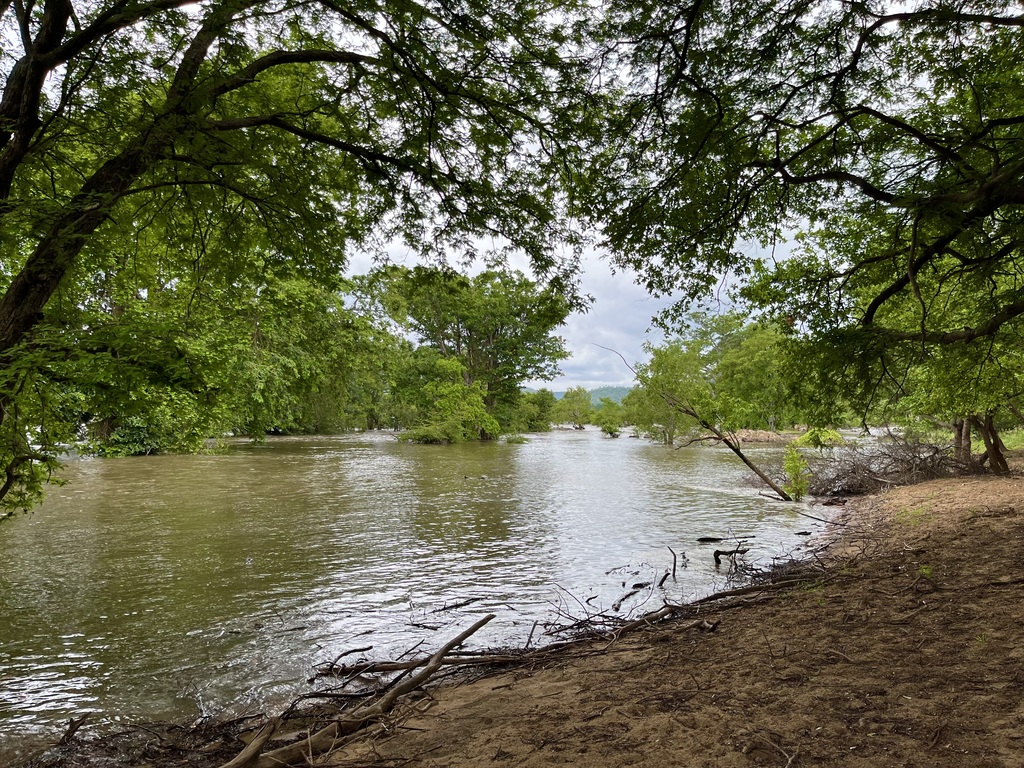
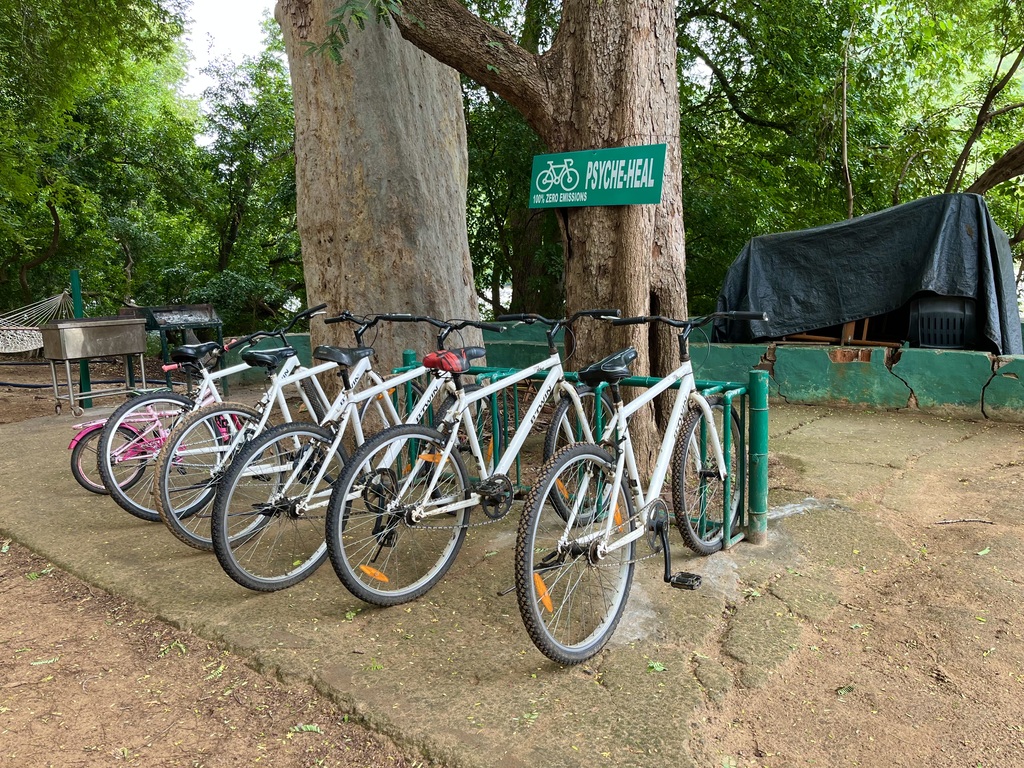
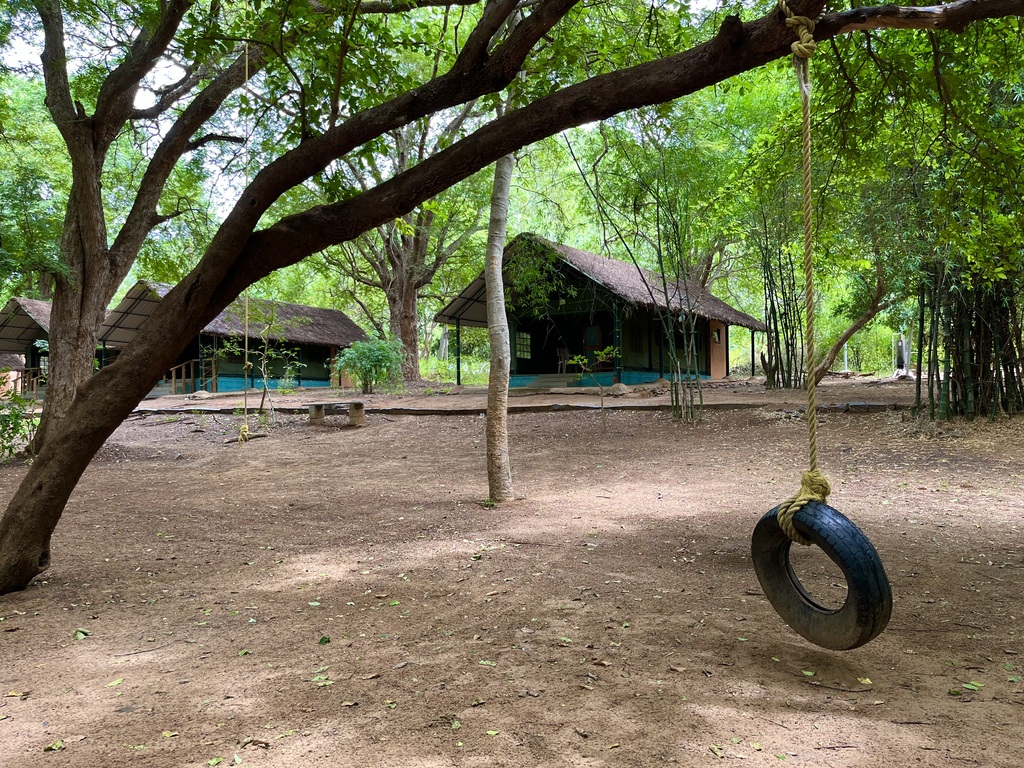
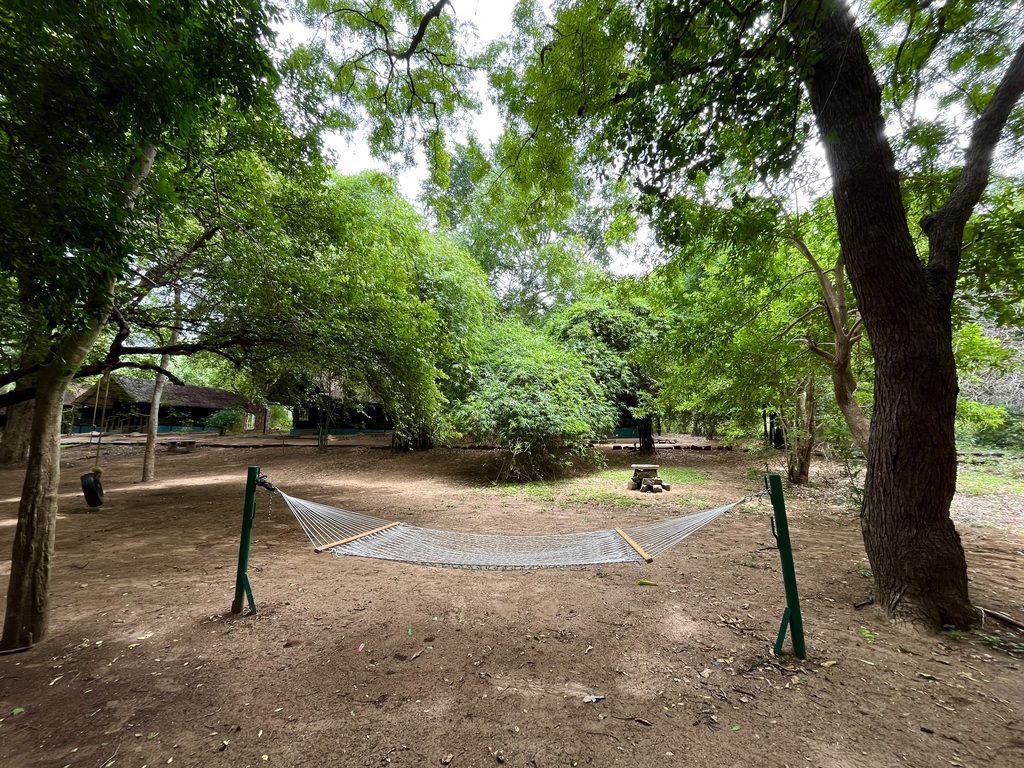
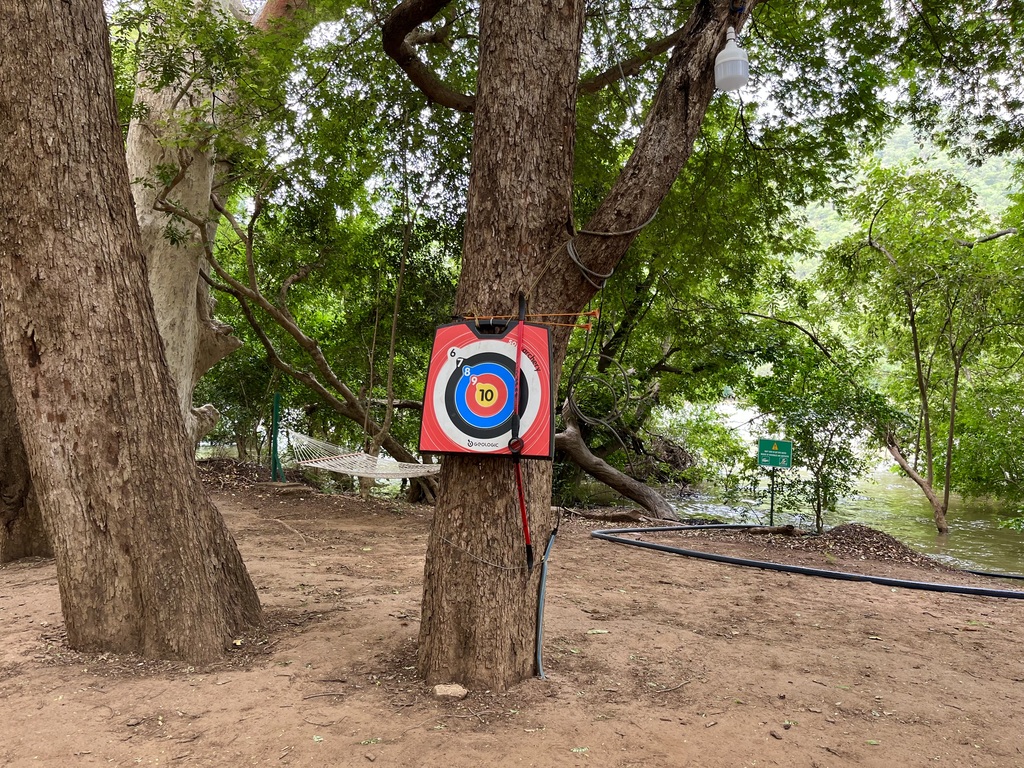
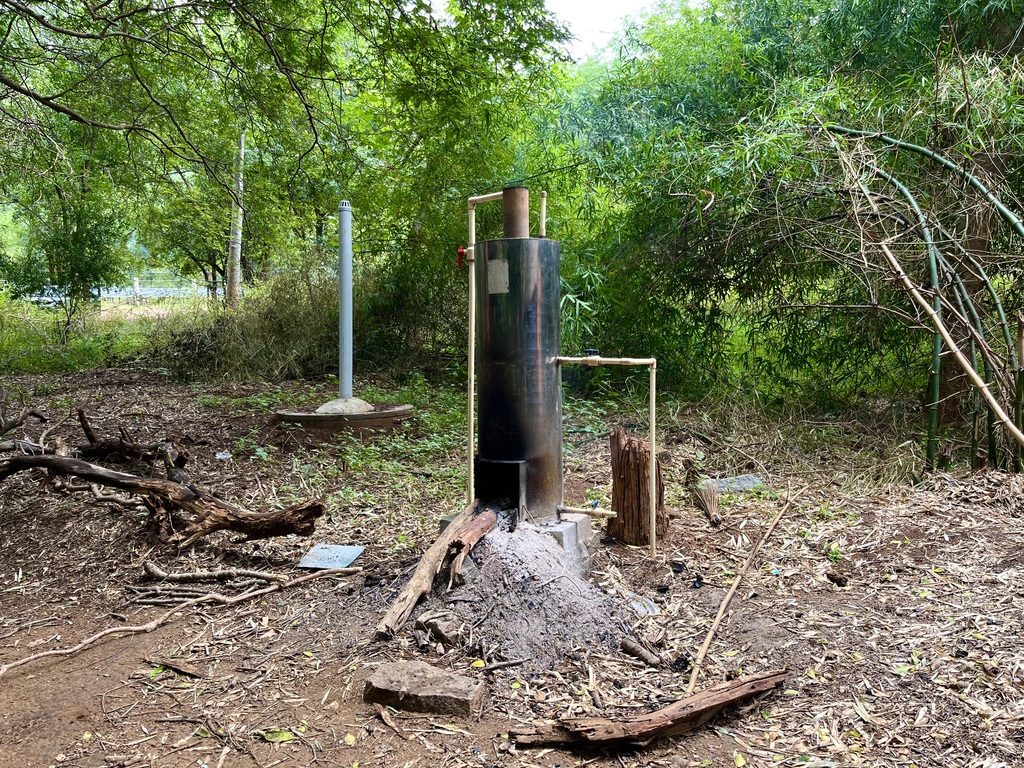
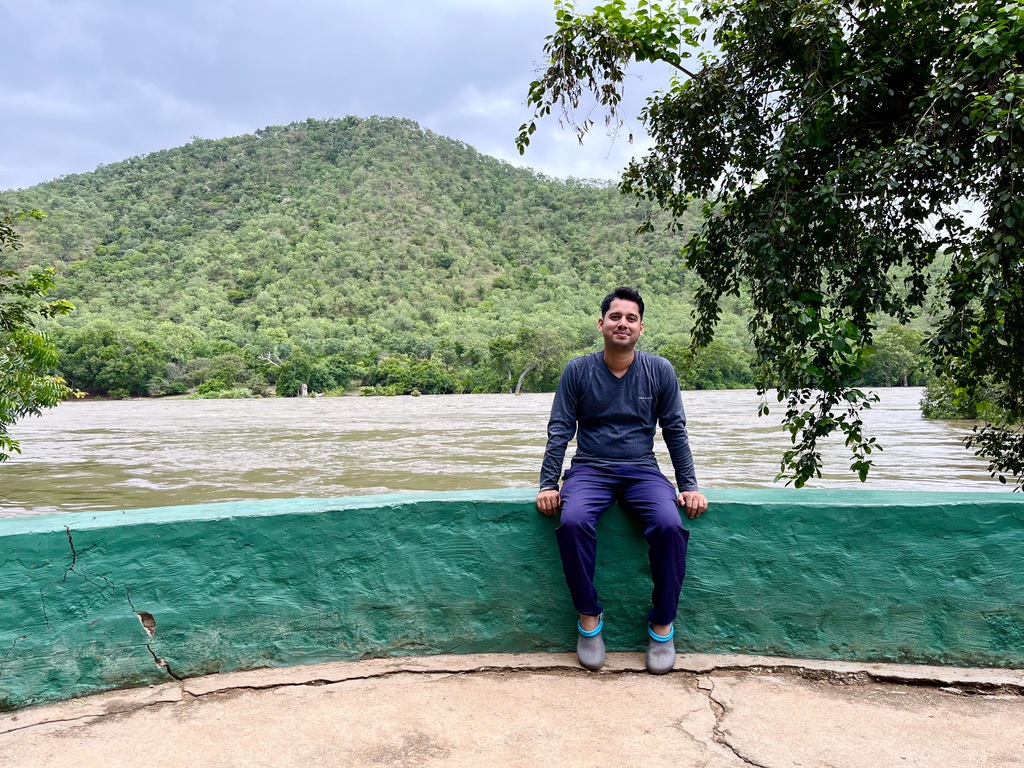
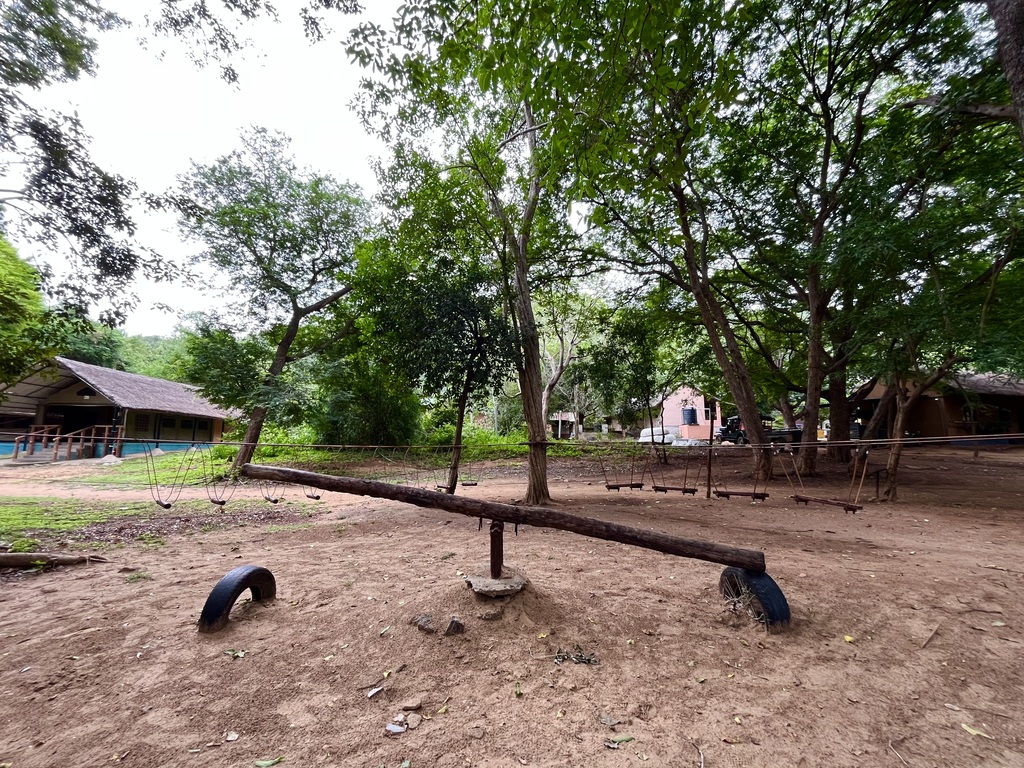
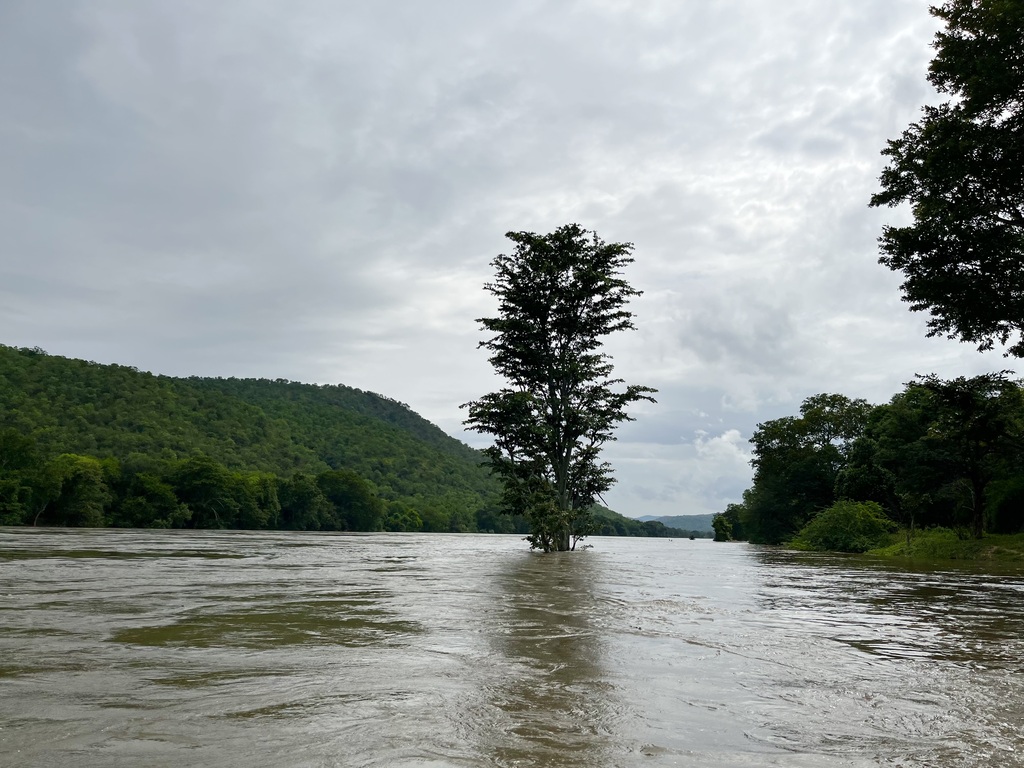
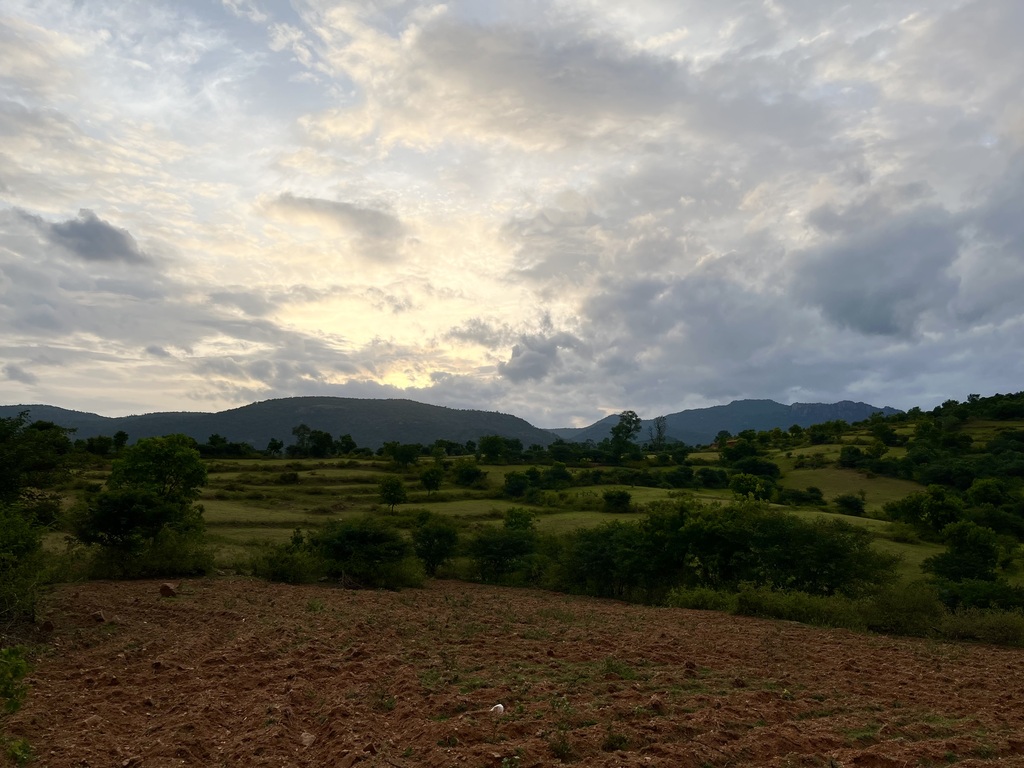
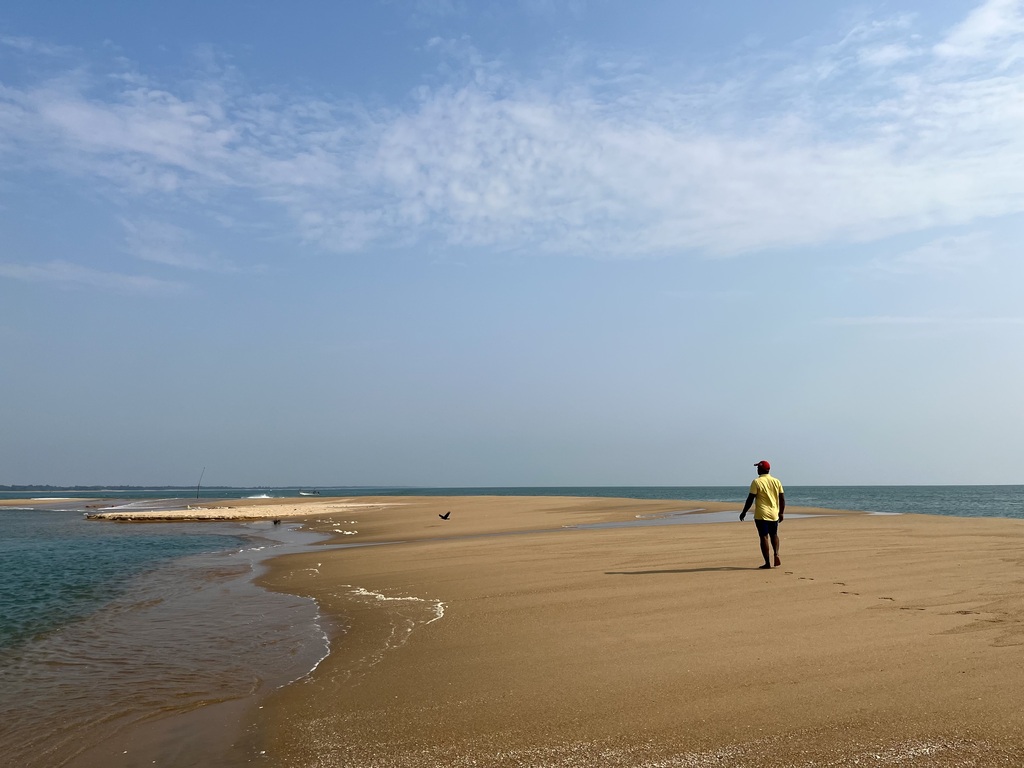
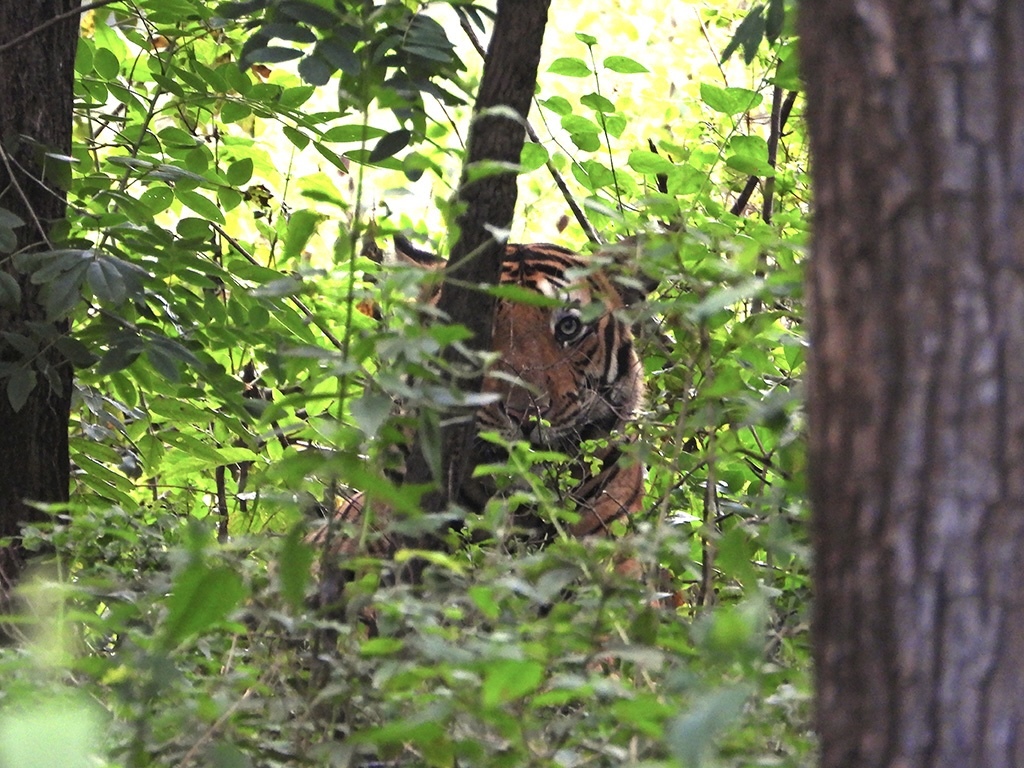























































































All Comments
No Comments Available